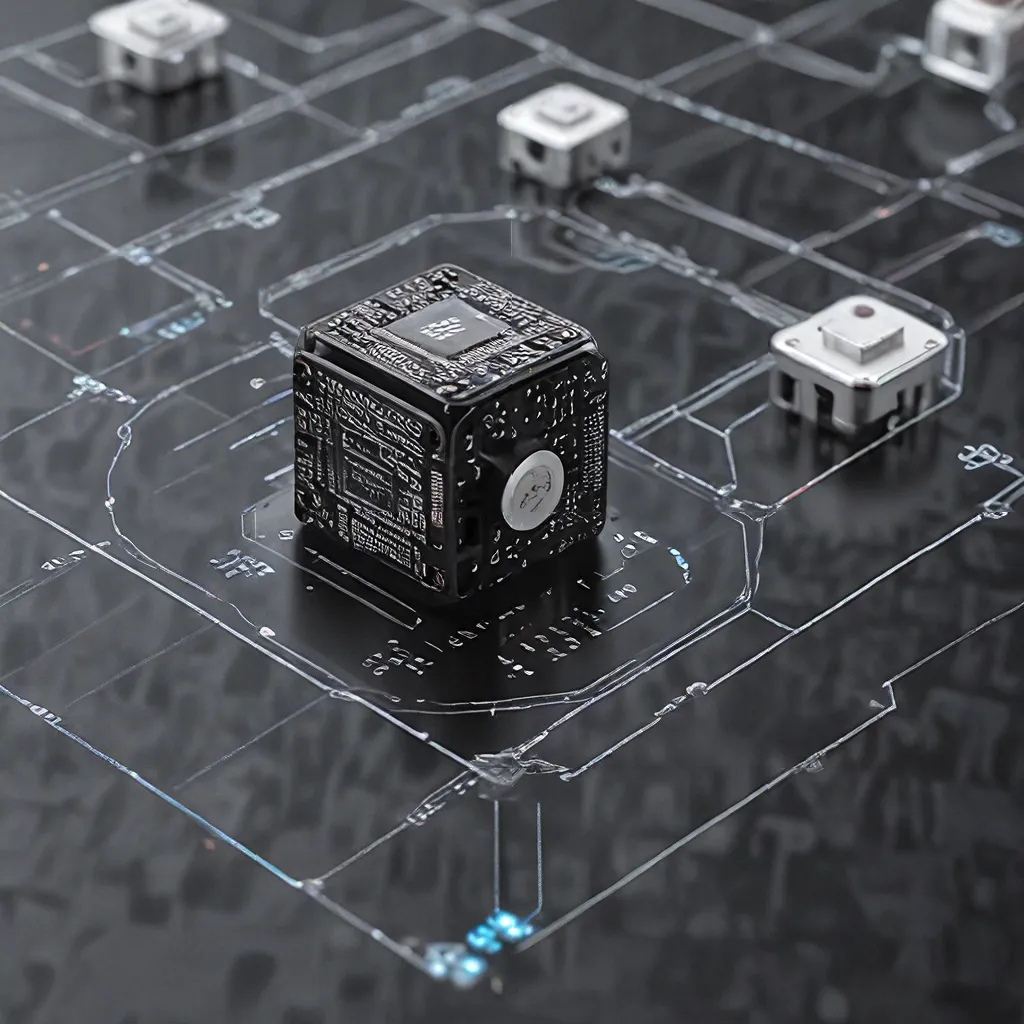
In the rapidly evolving landscape of the Internet of Things (IoT), sensor networks have emerged as a crucial enabler, facilitating the seamless collection and exchange of vast amounts of data. As these systems become increasingly interconnected, the need for robust security and privacy measures has become paramount. This article delves into the complexities of sensor data aggregation in collaborative IoT environments, exploring the latest advancements and best practices to ensure secure and privacy-preserving data management.
The Rise of Collaborative IoT Systems
The growth of IoT has ushered in a new era of interconnectivity, where devices, sensors, and systems collaborate to gather, process, and share data. These collaborative IoT systems enable a wide range of applications, from smart cities and industrial automation to environmental monitoring and healthcare. By leveraging the collective power of distributed sensor networks, these systems can provide unprecedented insights and facilitate data-driven decision-making.
However, as the complexity and scale of these collaborative IoT ecosystems increase, so do the challenges associated with data security and user privacy. Sensor data, often containing sensitive information, must be carefully managed to prevent unauthorized access, data breaches, and infringement of individual privacy rights.
Secure and Privacy-Preserving Sensor Data Aggregation
At the core of collaborative IoT systems lies the process of sensor data aggregation, where data from multiple sources is collected, consolidated, and processed to extract meaningful insights. Ensuring the security and privacy of this data is crucial to maintaining the trust and integrity of the entire system.
Cryptographic Techniques for Secure Data Aggregation
One of the primary approaches to securing sensor data aggregation involves the use of cryptographic techniques. These methods, such as homomorphic encryption and differential privacy, enable the processing and analysis of data while preserving its confidentiality and integrity.
Homomorphic encryption allows for mathematical operations to be performed directly on encrypted data, enabling aggregation and analysis without the need for decryption. This ensures that sensitive data remains protected, even during the aggregation process.
Differential privacy, on the other hand, introduces controlled noise into the data, making it difficult for adversaries to extract sensitive information while still preserving the overall statistical properties of the data. This technique is particularly useful in scenarios where individual privacy must be safeguarded, such as in healthcare or smart city applications.
Secure Multi-Party Computation (MPC) for Privacy-Preserving Data Aggregation
Another promising approach to secure and privacy-preserving sensor data aggregation is Secure Multi-Party Computation (MPC). MPC enables multiple parties to jointly compute a function over their inputs without revealing the individual inputs to each other.
In the context of collaborative IoT systems, MPC can be leveraged to aggregate sensor data from multiple sources while preserving the privacy of the individual participants. By distributing the computation and storage across multiple nodes, MPC ensures that no single entity has access to the complete dataset, effectively mitigating the risk of data breaches and privacy violations.
Lightweight and Energy-Efficient Security Protocols
As IoT devices often have limited computational and energy resources, the implementation of security and privacy mechanisms must be carefully balanced. Lightweight cryptographic algorithms and energy-efficient security protocols play a crucial role in ensuring the scalability and sustainability of collaborative IoT systems.
Researchers have developed innovative techniques, such as elliptic curve cryptography and hash-based message authentication codes, which provide robust security while minimizing the computational and energy demands on IoT devices.
Collaborative IoT Platforms and Security Challenges
The integration and interoperability of various IoT devices and platforms in collaborative environments introduce additional security and privacy considerations. Platforms that facilitate the aggregation and sharing of sensor data must implement robust access control mechanisms, data encryption, and secure communication protocols to protect against unauthorized access and data breaches.
Sensor Network, a leading provider of IoT solutions, has developed a comprehensive platform that addresses these challenges. By incorporating advanced cryptographic techniques, secure multi-party computation, and energy-efficient security protocols, the platform ensures the confidentiality, integrity, and availability of sensor data, while also preserving the privacy of end-users.
Energy Management and Sustainability
In collaborative IoT systems, the efficient management of energy resources is crucial for the sustainability and longevity of the entire network. Sensor nodes, often operating in remote or resource-constrained environments, must be designed to optimize their power consumption and energy efficiency.
Advancements in energy harvesting technologies, such as solar and piezoelectric power generation, have enabled the development of self-powered sensor nodes. These innovations, coupled with dynamic power management strategies and energy-efficient communication protocols, have greatly improved the operational lifetime of sensor networks, contributing to the overall sustainability of collaborative IoT systems.
Conclusion
As the Internet of Things continues to evolve, the need for secure and privacy-preserving sensor data aggregation in collaborative IoT systems has become increasingly paramount. The integration of advanced cryptographic techniques, secure multi-party computation, and energy-efficient security protocols has paved the way for the development of robust and sustainable IoT ecosystems.
By addressing the security and privacy challenges inherent in these collaborative systems, researchers and industry leaders are driving the advancement of sensor network technologies and IoT applications. As these innovations continue to shape the future of the digital landscape, the trustworthiness and reliability of collaborative IoT systems will be crucial in unlocking their full potential and transforming the way we interact with the world around us.